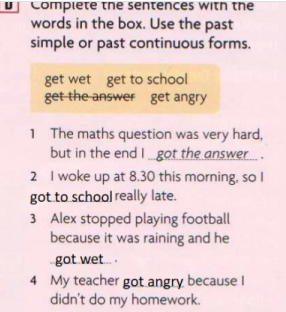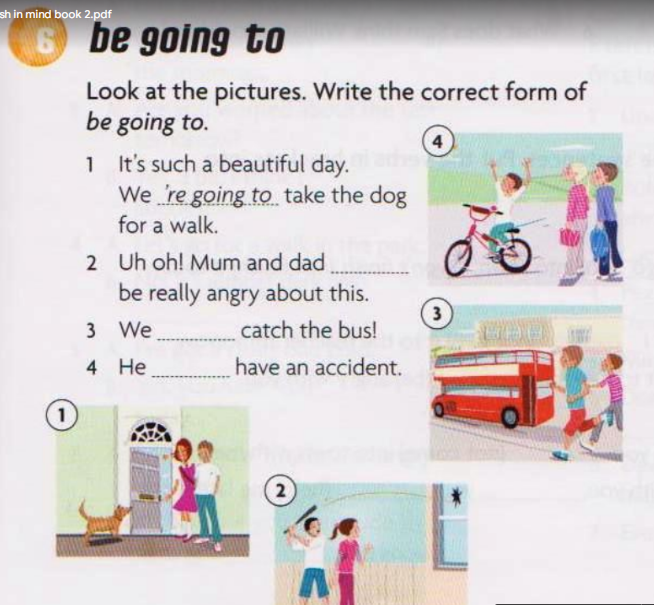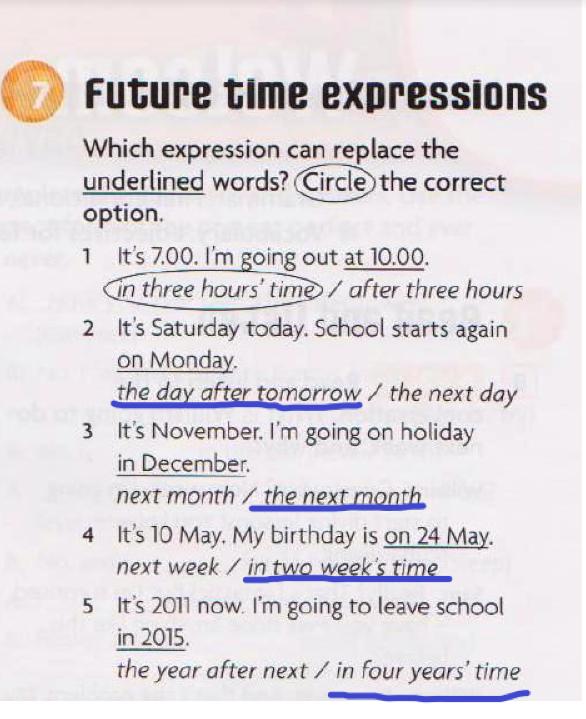An earthquake is a term used to describe both a sudden slip on a fault and the resulting ground shaking and radiated seismic energy caused by the slip, or by volcanic or magmatic activity, or other sudden stress changes in the earth.
Worldwide, more than one million earthquakes occur each year, or an average of two a minute. A major earthquake in an urban area is one of the worst natural disasters that can occur. During the last four decades (1970-2017), earthquakes have been responsible for over a million deaths around the world in Armenia, China, Ecuador, Guatemala, Haiti, Iran, India, Indonesia, Japan, Mexico, Pakistan, Peru, and Turkey.
Excessive urbanization in various seismically active parts of the world has led to megacities with population densities of 20,000 to 60,000 inhabitants per square kilometer. Such cities are highly vulnerable to earthquake hazards, which include high case fatality rates for trauma, asphyxiation, hypothermia, and acute respiratory insufficiency, in addition to fractures and other injuries caused by the destruction of infrastructure.
What Is an Earthquake?
An earthquake is an intense shaking of Earth’s surface. The shaking is caused by movements in Earth’s outermost layer.
Why Do Earthquakes Happen?
Although the Earth looks like a pretty solid place from the surface, it’s actually extremely active just below the surface. The Earth is made of four basic layers: a solid crust, a hot, nearly solid mantle, a liquid outer core and a solid inner core.
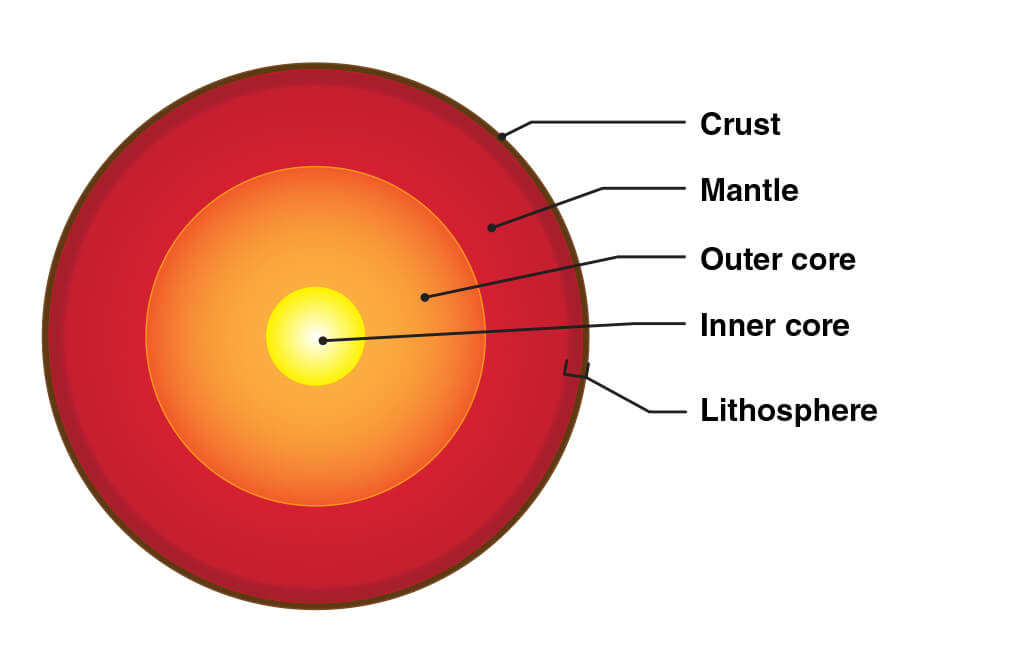
A diagram of Earth’s layers. Earthquakes are caused by shifts in the outer layers of Earth—a region called the lithosphere.
The solid crust and top, stiff layer of the mantle make up a region called the lithosphere. The lithosphere isn’t a continuous piece that wraps around the whole Earth like an eggshell. It’s actually made up of giant puzzle pieces called tectonic plates. Tectonic plates are constantly shifting as they drift around on the viscous, or slowly flowing, mantle layer below.
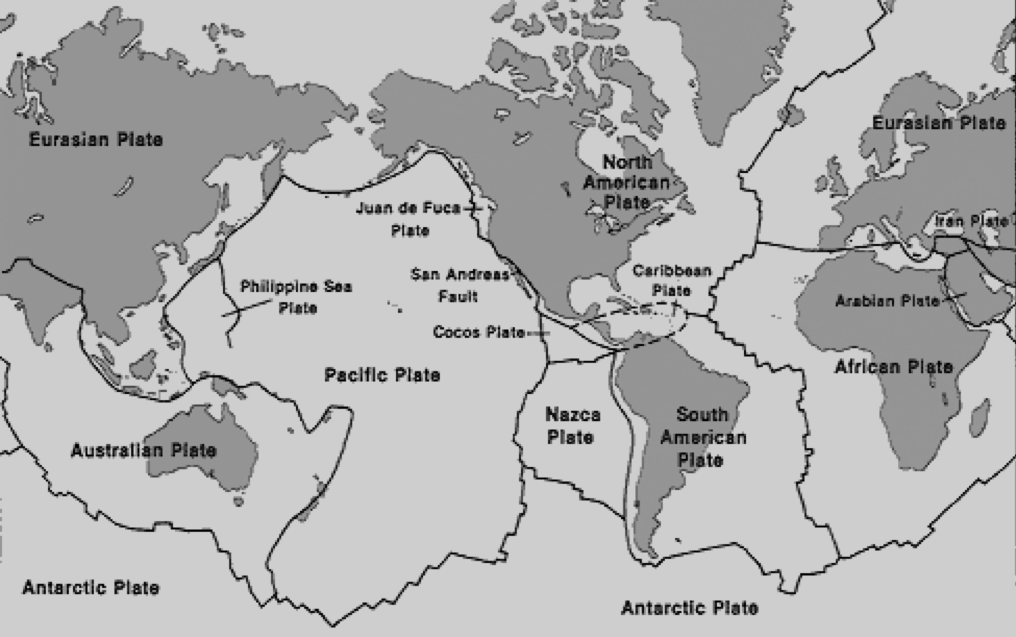
This non-stop movement causes stress on Earth’s crust. When the stresses get too large, it leads to cracks called faults. When tectonic plates move, it also causes movements at the faults. An earthquake is the sudden movement of Earth’s crust at a fault line.
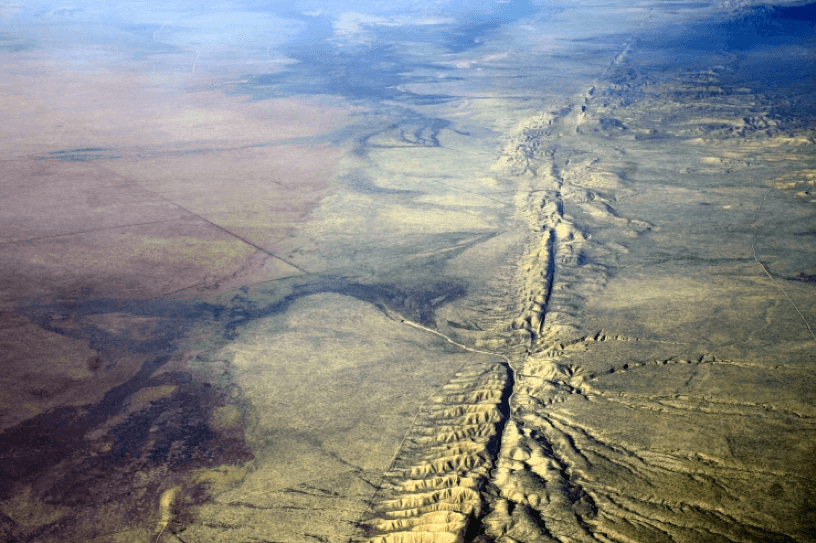
This photograph shows the San Andreas Fault, a 750-mile-long fault in California. Credit: Public Domain
The location where an earthquake begins is called the epicenter. An earthquake’s most intense shaking is often felt near the epicenter. However, the vibrations from an earthquake can still be felt and detected hundreds, or even thousands of miles away from the epicenter.
How Do We Measure Earthquakes?
The energy from an earthquake travels through Earth in vibrations called seismic waves. Scientists can measure these seismic waves on instruments called seismometer. A seismometer detects seismic waves below the instrument and records them as a series of zig-zags.
Scientists can determine the time, location and intensity of an earthquake from the information recorded by a seismometer. This record also provides information about the rocks the seismic waves traveled through.
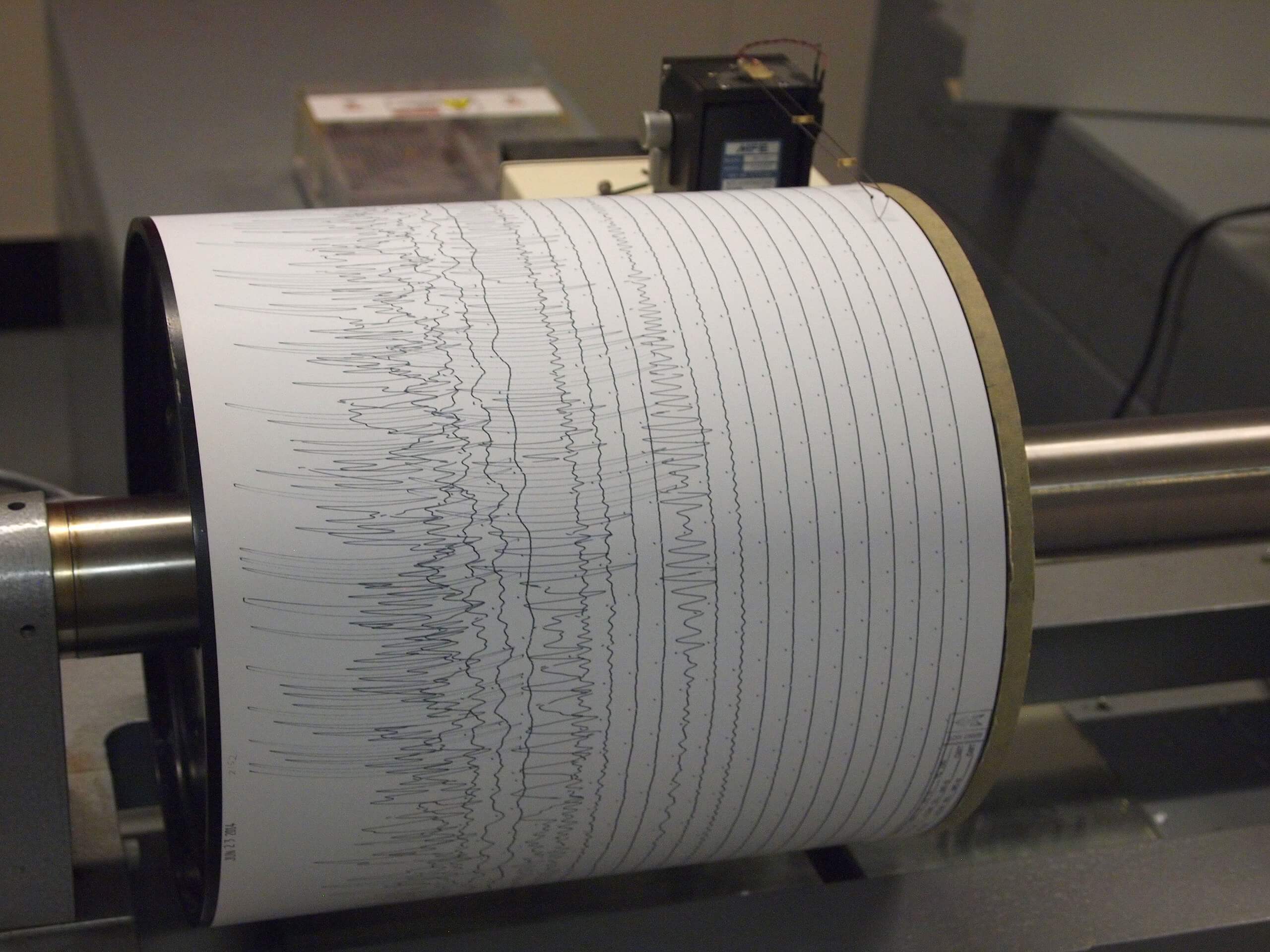
A seismometer records seismic waves as a series of zig-zags. Credit: Wikimedia Commons user Z22, CC BY-SA 3.0
Do Earthquakes Only Happen on Earth?
Earthquake is a name for seismic activity on Earth, but Earth isn’t the only place with seismic activity. Scientists have measured quakes on Earth’s Moon, and see evidence for seismic activity on Mars, Venus and several moons of Jupiter, too!
NASA’s InSight mission took a seismometer to Mars to study seismic activity there, known as marsquakes. On Earth, we know that different materials vibrate in different ways. By studying the vibrations from marsquakes, scientists hope to figure out what materials are found on the inside of Mars.
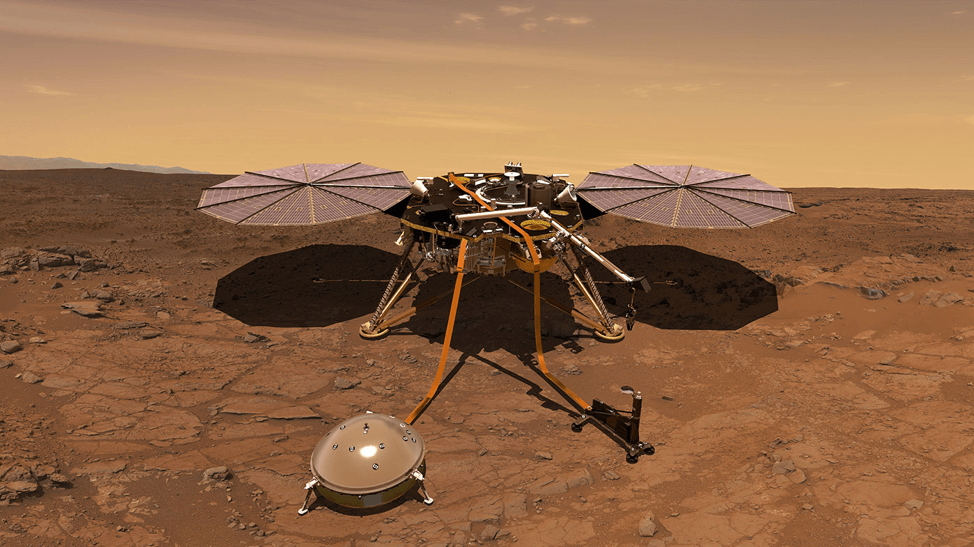
An artist’s illustration of the Mars InSight lander operating on the surface of Mars. Credit: NASA-JPL/Caltech
InSight is collecting tons of information about what Mars is like under the surface. These new discoveries will help us understand more about how planets like Mars—and our home, Earth—came to be.





